A kitchen is one of the most important rooms in a home. It’s where we go to prepare our food and eat, and it’s also where we spend a lot of time cooking and cleaning up. That means that it needs to be as comfortable as possible- which includes choosing the right rug material for your kitchen floor. This blog post will provide you with the 10 Best Rug Materials for Kitchen, so you can find the perfect look for your space!
Best Rug Material for Kitchen:
What is the best material for kitchen rug? Is your current rug doing its job? Maybe not! The best kitchen rug is essential in your home. It can be the room’s focal point, or it could just be a utilitarian part of the flooring that you walk on every day. Your choice should depend on what you want for your personal needs and preferences.
Many different kitchen rug materials will offer you various benefits for the kitchen- from safety to healthiness to beauty! Here, we will discuss the best rug material for kitchen and the benefits of each.
1. Custom Made Jute
The jute is the natural material most commonly used for vegetable fiber. It has a natural look. Custom-made jute rugs make the room feel more at home and cozy. Plus, it’s naturally antimicrobial, so you won’t have any issues with bacteria or mold growing on your rugs!

It is also soft and smooth and sheen to the touch, so it will feel good on your feet and help you avoid slipping. The natural fibers of the jute material are not only antimicrobial but also help to absorb moisture and give you a more hygienic environment. The thread gives your feet a relaxing and massaging sensation.
2. Organic Cotton Fiber
Organic cotton fiber is not just sustainable and biodegradable. It’s naturally antimicrobial as well! Cotton fiber is the most common material found in rugs. It’s soft, comfortable, and affordable choosing the right rug tips are many.
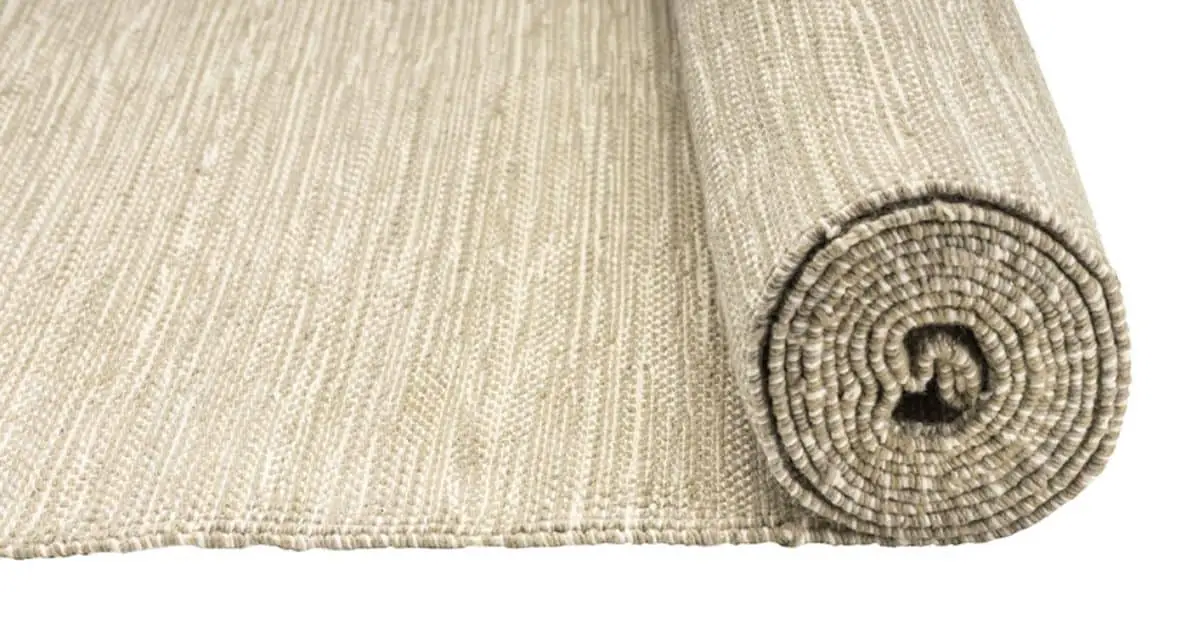
However, you must remember that it lacks natural fibers like jute or sisal qualities, which means there will be more chance of slipping and less cushioning under your feet. Be aware that cotton is grown using many pesticides and other chemicals to help the plant grow faster.
So you must find an eco-friendly rug made from organic or sustainable textile fiber materials that will keep all those harmful toxins out of your home environment. This fiber has been known to shed a lot that is annoying and harmful for individuals with allergies and asthma.
4. Olefin Fiber
Olefin is a heat-resistant man-made fiber that doesn’t absorb water, making it great for kitchens because spills won’t be absorbed into your rug! It can also withstand hot pans or dishes from being placed directly onto the rug’s surface without melting, which is fantastic because it’s one less thing to clean up.
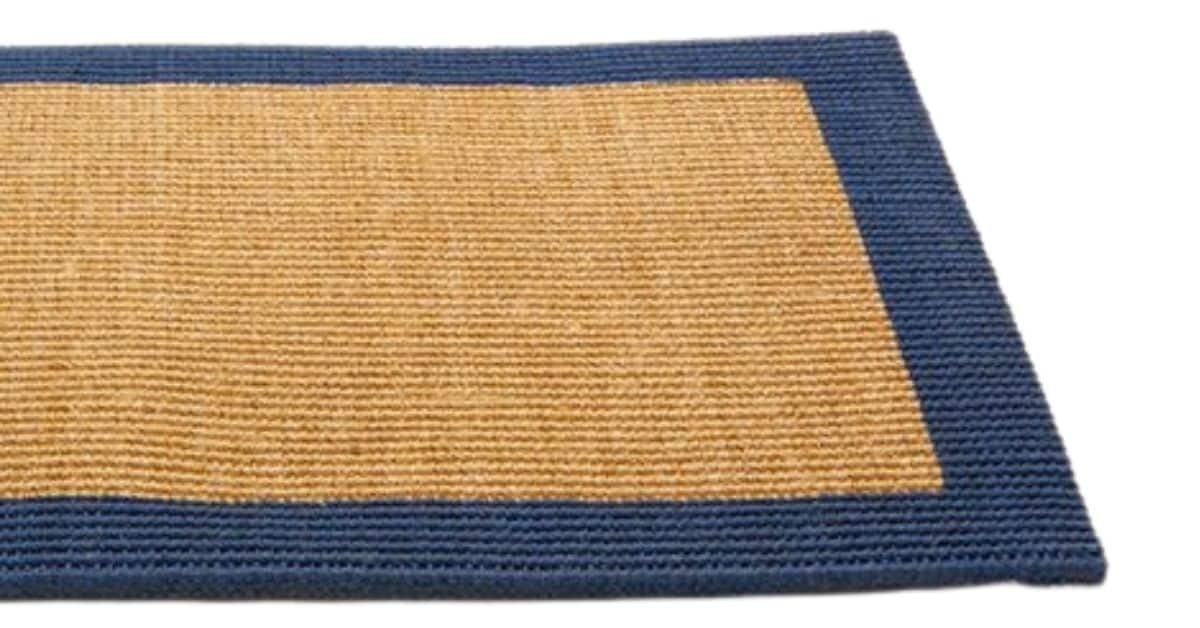
Olefin fibers are highly durable and inexpensive, making this fiber a good option for those on a budget or who want something low-maintenance. However, some people tend not to like the feel of olefin as it can be stiff and coarse feeling underfoot and may not offer as much cushioning. These rug fibers are also available in vibrant hues, giving your kitchen a dream look and perfect style.
5. Polypropylene Fiber
Polypropylene rug material is another heat-resistant alternative to wool fabric material or cotton rug material. Making it a great option if you have kids or pets! Polypropylene is also more stain-resistant than other fibers, so spills can be cleaned up easily without staining the rug. It is soft underfoot but not as plush or comfortable to walk on for long periods.

Polypropylene rug is a synthetic material that is resistant to stains, mildew, and fading. But this fiber is safe in an open and highly ventilated area as it is highly flammable and may emit toxic fumes. Polypropylene fibers are created in factories through a chemical process. The resulting rug material is very durable, withstanding even extreme temperature changes or sun exposure. Also, this rug can be easily folded and washed when necessary.
6. Polyester Fiber
Polyester rug material is the most popular rug material for many reasons. Polyester rugs are often machine-made, which means they’re less expensive than handmade rugs of similar quality and even more affordable when on clearance! They can last a long time if well maintained, and they are resistant to stains, mildew, fading, and even pests like moths.

However, the fiber is not soft underfoot; it can become slippery when wet. Polyester rugs tend to be difficult for children to fold up neatly (which makes them less than ideal in playrooms). The main benefit of these fiber kitchen rugs is the low price. The shades in polyester rug material are not the vivid and high-contrast colors of other fibers. They are dyed by using a chemical or synthetic dye which may not be a healthy option.
7. Polyamide Fiber
Polymide, rug fiber is also known as nylon, making this synthetic fiber a great option if you are looking for an affordable alternative. Polyamide comes in many different shades of color, so it can be fun to mix and match or pick your favorite shade!
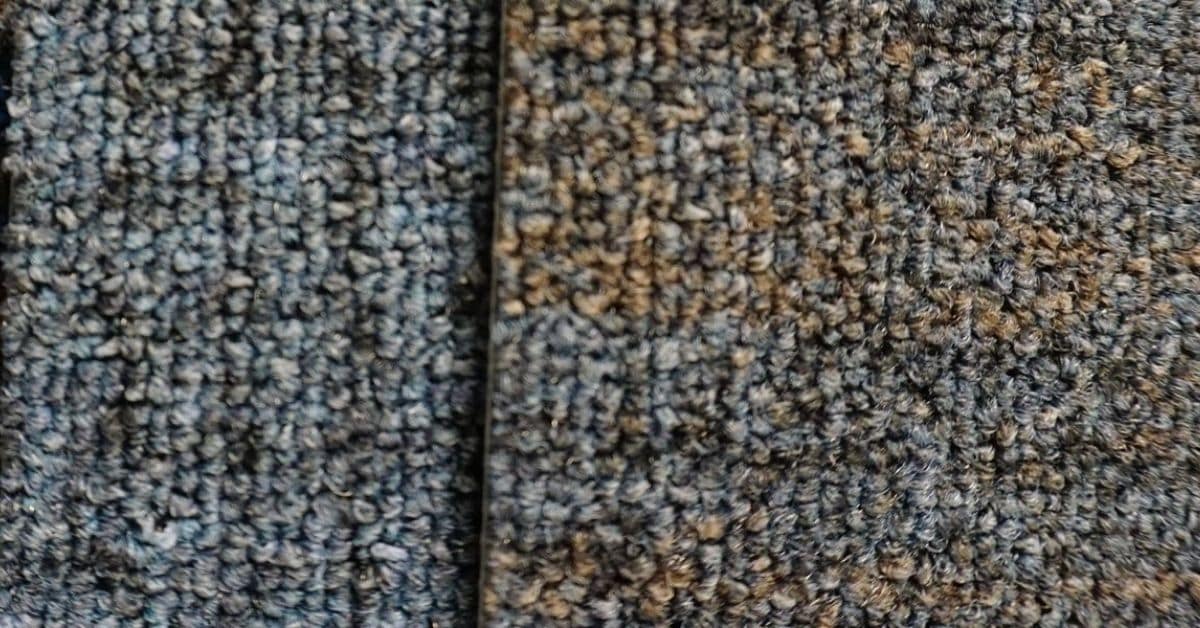
Polyamide rug material is also easy to clean and is an excellent choice for families with children. For these reasons, this rug fiber can be significant in kitchens or playrooms where lots of spills occur. Polyamide is also famous for rug material in bathrooms or outdoor spaces to handle both hot and cold temperatures.
8. Wool Fiber
It can be easy to forget about wool as an option, but wool rug material has some benefits. Wool is soft and comfortable underfoot, making it a good choice for bedrooms or living rooms where you like to kick your shoes off and relax on the floor!
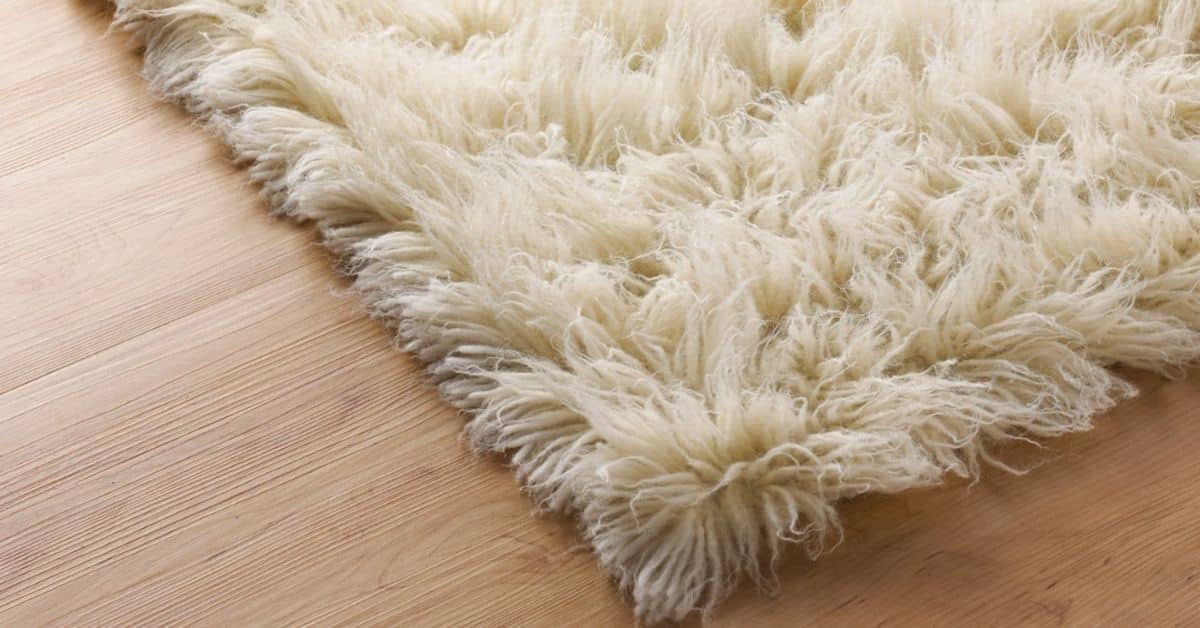
It can also be easy to match with most design styles, so it’s perfect if you’re looking for an all-purpose rug material that will fit your décor. If you’re torn between two different fibers, look at the pros and cons of each option to help make your decision!
9. Sea Grass
Like jute, seagrass is another natural fiber. It has been used for 100s of years. It is a versatile material that can be dyed in various colors to fit your kitchen’s design style! Seagrass also has antimicrobial properties, which make it healthier than synthetic materials like nylon or polypropylene.
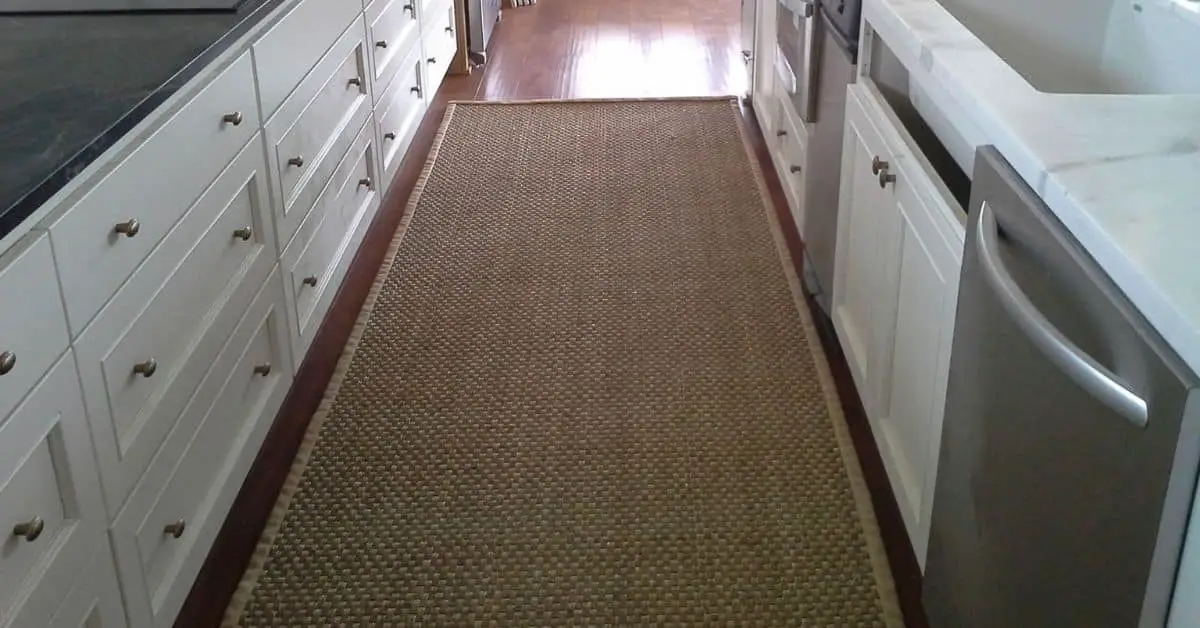
It is solid and durable, so it will stand up to even the heaviest traffic in your kitchen. Seagrass is a bit rougher than other fibers on this list, however. Some people may not enjoy that texture underfoot! It also has a natural sheen, making for a fascinating look if you choose a bold color.
10. Alpaca Wool
Alpaca wool comes from the alpaca, a smaller cousin of the llama. It is an eco-friendly material from animals typically not killed for their wool like sheep often are. Alpaca rug material can be expensive, but they also seem to last longer than most other kitchen rug fibers! They may be a bit more challenging to clean and maintain at home, however.
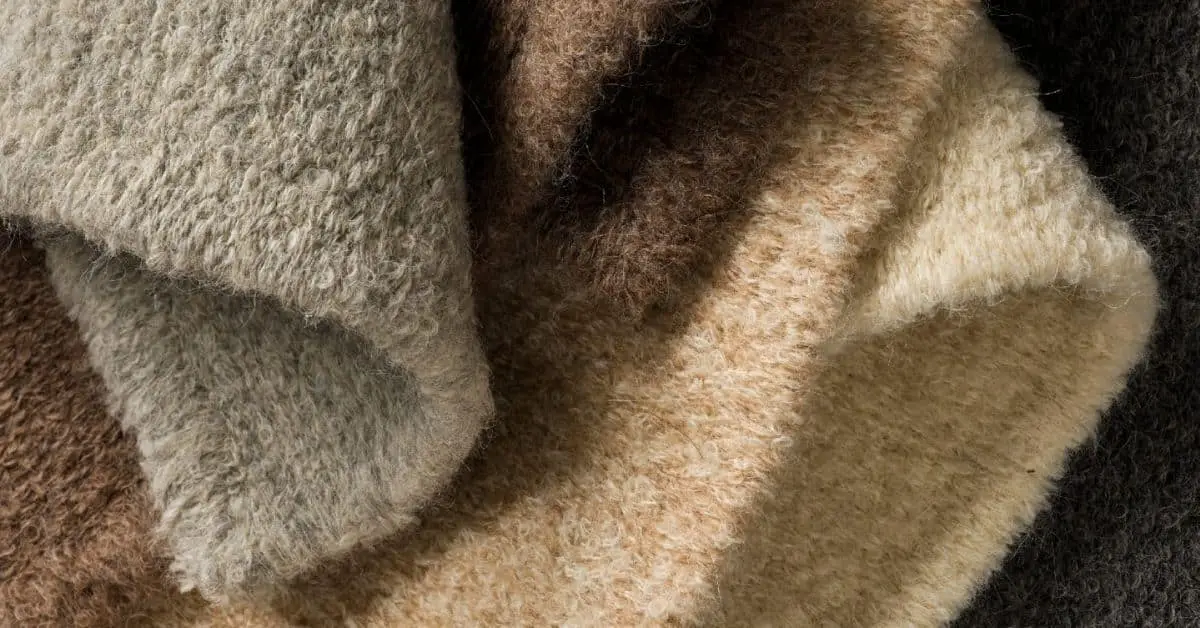
You May Like
Conclusion
A kitchen is the soul of your home. It’s where you prepare food for your family. It’s a place that should be as comfortable as possible. You want to make sure that you have all sorts of surfaces to work with when cooking, storing items, and making yourself feel at home.
So you should select the best rugs for a kitchen. We hope the information we’ve provided has helped you choose a rug for your kitchen. Remember, there are many essential aspects to consider when deciding what type of material is best for you and your lifestyle – from budget to durability.

Awesome website you have here but I was wanting to know if you knew
of any community forums that cover the same topics
talked about in this article? I’d really like to be a part of group
where I can get feed-back from other knowledgeable people that share the same interest.
If you have any recommendations, please let me know.
Cheers!